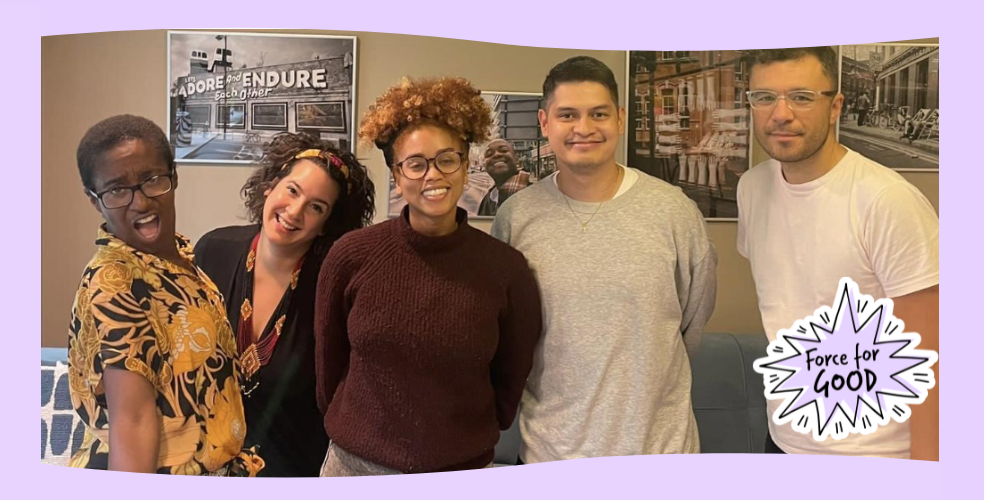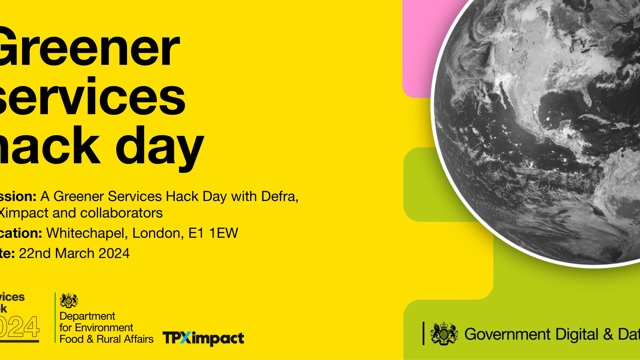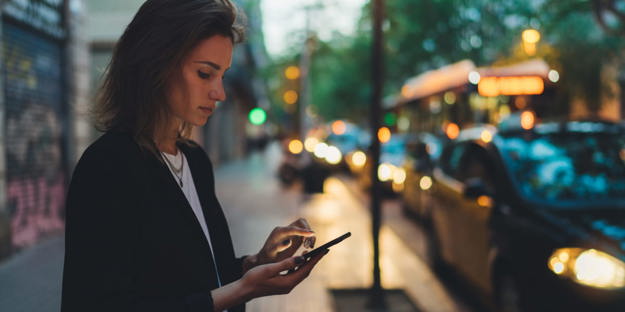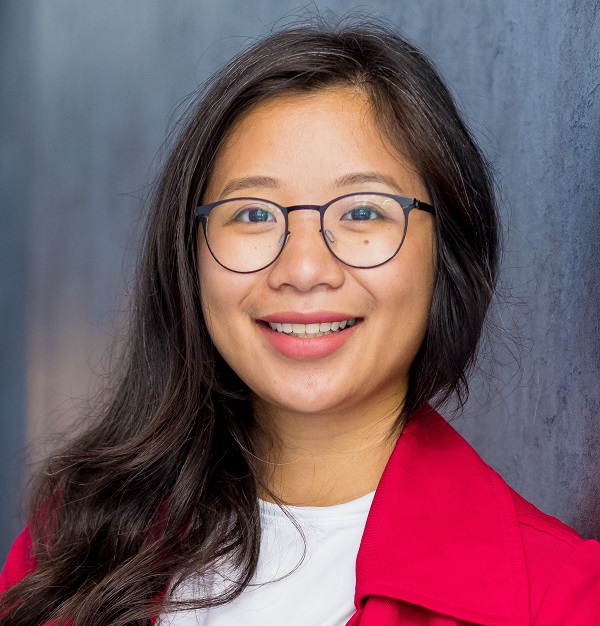In recent months, thousands of women have downloaded personal safety apps, a record high. A movement under the banner of Reclaim These Streets has grown into grassroots efforts to consider how we make our public spaces safer for women. Immediate government steps aimed at improving safety for women and girls include an additional £25m for better lighting and CCTV, as well the pilot of a scheme where plain clothes officers patrol pubs and clubs.
We recently came together as a group of female identifying TPXimpact individuals to share our own experiences of living in and travelling around public spaces as women.
Gender bias in the design of public places
Originally from different parts of the world, we all bonded that from an early age, we’re encouraged to have a heightened sense of awareness of our own safety in public, particularly when alone at night. Whether that’s seeing a mum struggling to get her pram on the bus or not knowing who to turn to after being harassed on public transport.
“One is not born, but rather becomes a woman,” wrote Simone de Beauvoir, while Judith Butler argues that it is these daily invisible barriers that reinforce gender norms and cement inequalities over time. None of these findings are new — a wave of recent literature has unmasked the gender bias in placemaking, as well as its consequences.
In Invisible Women: Data Bias in a World Designed for Men, Caroline Criado-Perez lists the ways in which town planning does not historically take into account women's historical needs and social roles. Zoning laws, which typically segregate areas of a city into residential, industrial or commercial zones do not adequately take into account the fact that women frequently take on both professional and domestic workloads, leading to complex trip-chaining across long distances between work, homes, shops, daycare.
Similarly, not enough attention has been paid to the threat of violence against women in the design of public spaces. According to Criado Perez, "we haven't designed public spaces to account for the violence that women experience, and not just to protect women from the violence, but also to account for the way that it's always in our heads." Perez attributes this design bias to a gap in data used to make design decisions, as well as the lack of female identifying representation in decision making positions.
"One of the most important things to say about the gender data gap is that it is not generally malicious, or even deliberate. Quite the opposite. It is simply the product of a way of thinking that has been around for millennia and is, therefore, a kind of not thinking. A double not thinking, even: men go without saying, and women don’t get said at all. Because when we say human, on the whole, we mean man."Caroline Criado-Perez
Author, Invisible Women: Data Bias in a World Designed for Men
We can also look at this historically. Leslie Kramer explains in her book, Feminist City, that since the beginning of Victorian industrialisation, women have been seen as a problem for cities. On the one hand, women’s needs, routines, and habits are routinely unaccounted for by a male dominated city planning industry, generating a narrative that the city is dangerous and women need protection. On the other hand, Kramer points out that this very narrative that women need protection is routinely used to deploy strategies that further subjugate minorities of colour, working class women, and queer and trans bodies.
When public safety interventions are not enough
Given that current urban designs are layered in historical assumptions on gender, race, and class our discussion group explored the ways we can work towards a more inclusive future design for our places. We spent time sharing our own experiences with the three tools being used to scale public safety today: lighting, police and CCTV.
Lighting matters, but is not enough
A poorly lit, empty alley at night or an emptied out park after sunset are some of the situations where we feel most unsafe. Lighting makes a huge difference in creating visibility, but being light isn’t enough for a space to feel safe. A bus or tube stop late at night can still feel uncomfortable for a woman alone, particularly when we consider recent public incidents or personal history.
We’re sceptical of CCTV due to past experiences
CCTV has little impact on how safe we feel in public places. On one hand, CCTV is not always visible to pedestrians and coverage is spotty in most places. On the other, CCTV is a reactive tool designed to catch crime after it happens. CCTV is not enough to deter participants, particularly when petty crimes such as phone theft often go uninvestigated.
The public image of police is being challenged
Even in our small team, we found polarising views of police officers. To some women, police presence signals safety and assurance. Yet others find police presence creates a sense of discomfort or intimidation and can even signal that something is wrong. These different experiences are shaped by our own personal histories with the police and the recent press around police handling of protests has continued to damage the public’s trust in the force.
Creating a safer, more inclusive future
Our women’s circle certainly doesn’t reflect the needs and desires of all women living in the UK. However, our conversation did unearth some challenges in making our spaces safer for women. Installing lights, CCTV and increasing the police force isn’t enough if we don’t first unpack some of the broader, gendered assumptions in how our places are designed.
Making women feel they belong
As women, we’re constantly reminded we need to be on high alert and aware when alone at night, being intimidated in a bike lane or when we’re struggling to carry a pram up station steps.
A truly safe city is inclusive, where women no longer face invisible barriers. One where female needs are considered in the planning and design of all public infrastructure and female voices are heard and included in design and planning conversations.
Building trust in public safety interventions
When small but frequent incidents like phone theft are not taken seriously, a narrative emerges that law enforcement or CCTV is ineffective at handling crime. When women encounter police brutality during protests, it continues to damage the perception of the force. For public safety interventions to be effective, trust needs to be rebuilt in these systems, services and organisations.
Places that are equal, inclusive and safe for everyone
When designing, we need to be conscious of not solely considering the experiences of privileged women. We must acknowledge that current design and political systems also treat people differently based on skin colour, sexuality, income and disabilities. So many of our current tools around public safety are ingrained in century old assumptions around gender norms and safety.
Our starting point is by truly listening to people from diverse groups, and engaging in conversations about their struggles. Co-creating and prototyping design solutions with women and broader communities, designing with their voices.
Committing to a vision for the future
The government tools being used to scale public safety today such as lighting, police and CCTV are a start, but they in no way address the core of the complex challenges we face as women. We must challenge the existing decade-old assumptions around gender, and as our world constantly evolves we must move with it.
A safe and inclusive future for our places is built with and for all of the multi faceted communities that live within them, with equal representation at every decision and human centred design at the centre of our actions.

From Manila to London: Navigating cultures in the TPXimpact Design Academy
Ron Digao shares his journey to our Design Academy and his experience in the programme so far this year.
Read moreOur recent insights

Developing greener services principles with DEFRA
Supporting Department for Environment, Food & Rural Affairs to define shared principles that enable all to embrace planet-centred thinking.
Read more
Five essential activities to launch your design direction
Find out how we build digital success and craft impactful design directions.
Read more
Breaking barriers: bringing charities and the NHS together to improve patient support
We brought together leaders from charities and the NHS to discuss connecting people who are diagnosed with health conditions to charities that can support them.
Read more

